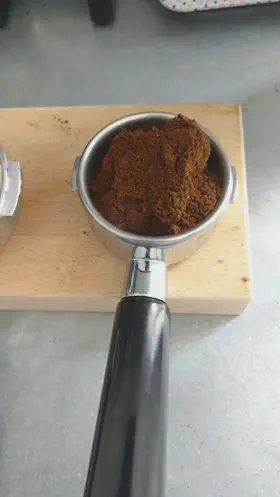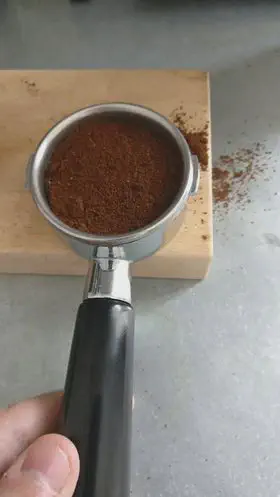[Barista Tip] Properly Distributing Coffee Grounds in a Portafilter

Enhance your espresso experience by learning to properly distribute the grounds in your portafilter, a crucial step to avoid failed extractions. This article presents effective techniques and barista tips to optimize this phase, as well as the importance of having an always clean and dry basket to guarantee a perfect cup. By mastering this step, you’ll obtain a more balanced, more aromatic and perfectly extracted coffee.
Grounds distribution should be performed just before tamping. Poorly executed, it causes areas of uneven density in the puck, promoting channeling (preferential water flow). Result: an under-extracted or bitter espresso.
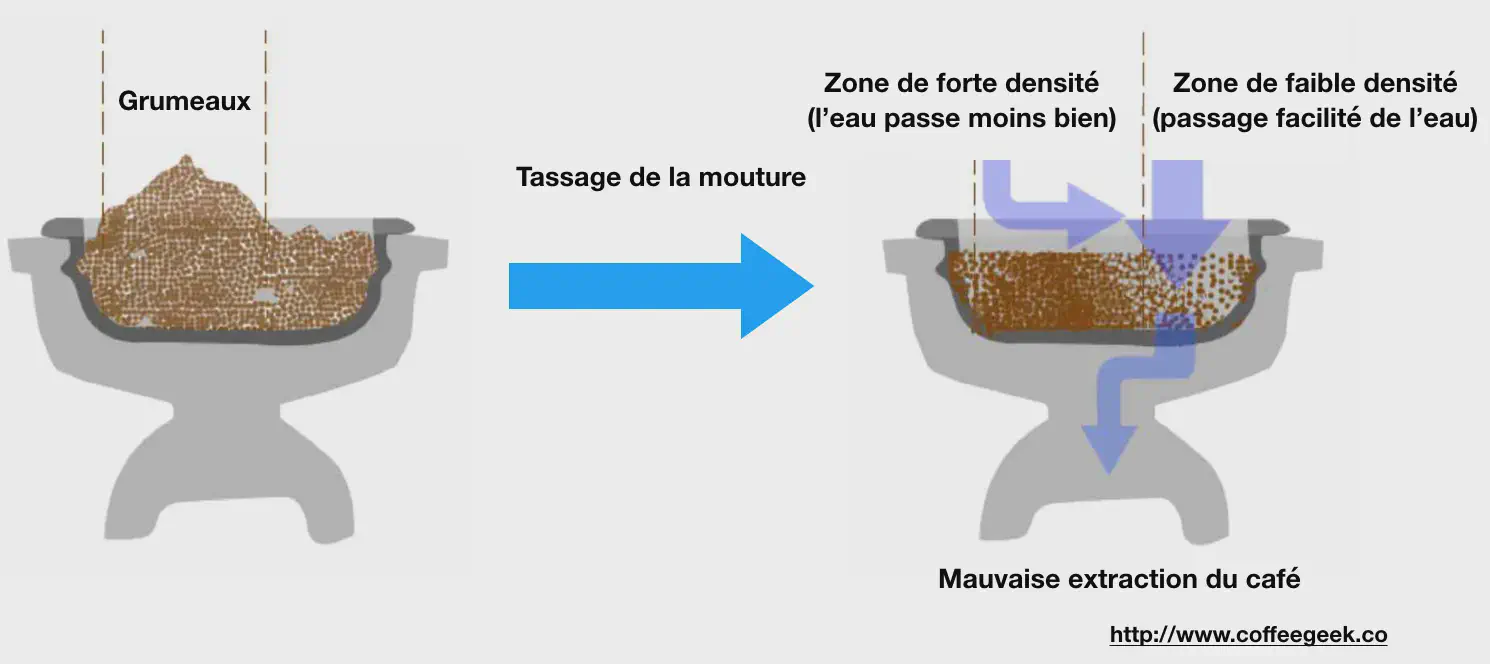
Poor distribution of the grounds can ruin all the work done beforehand. Some techniques are quick but less precise, others require more time or a dedicated accessory.
Spreading the grounds with your finger
Technique often used when the basket is filled to the brim: spread the grounds with a finger without tamping, then remove the excess.
Disadvantage: coffee waste and lack of consistency.
Tapping the portafilter
Without accessories, you can tap the portafilter lightly on the work surface to break up clumps, then tap on the sides to level.
Simple method but not very precise and messy.
Using the WDT Method (Weiss Distribution Technique)
With a toothpick or thin needle, break up clumps and distribute the grounds.
A funnel (made from a plastic bottle or yogurt container) prevents overflow.
Using a Coffee Distributor
Coffee distributors are designed to even out the grounds in the basket before tamping.
Price: from €15 to €60, or even more for premium models like the O.C.D. (€180).
Choose the right diameter for your portafilter:
- Standard 58 mm → readily available.
- 57 mm → rarer and more expensive.
- La Pavoni machines → recommended: 51.5 mm to prevent coffee from remaining on the edges.
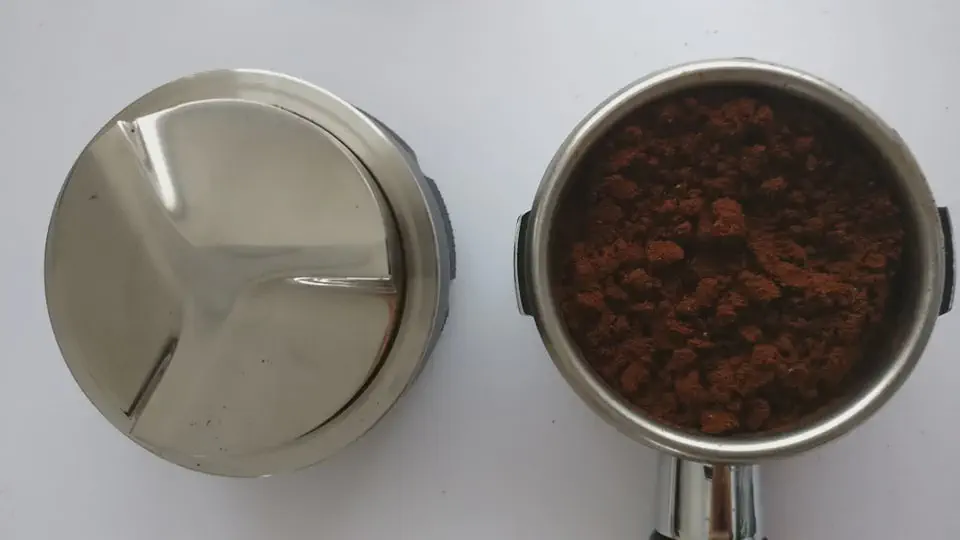
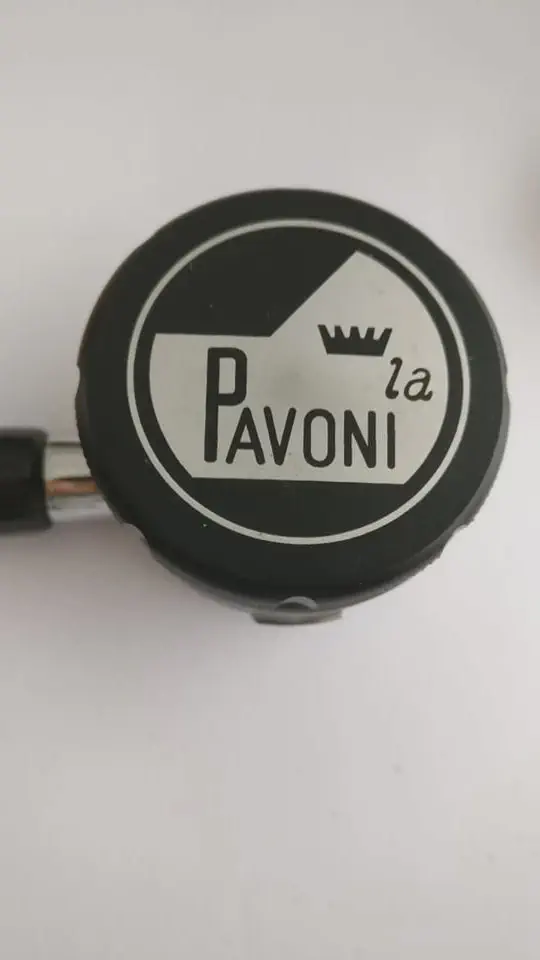
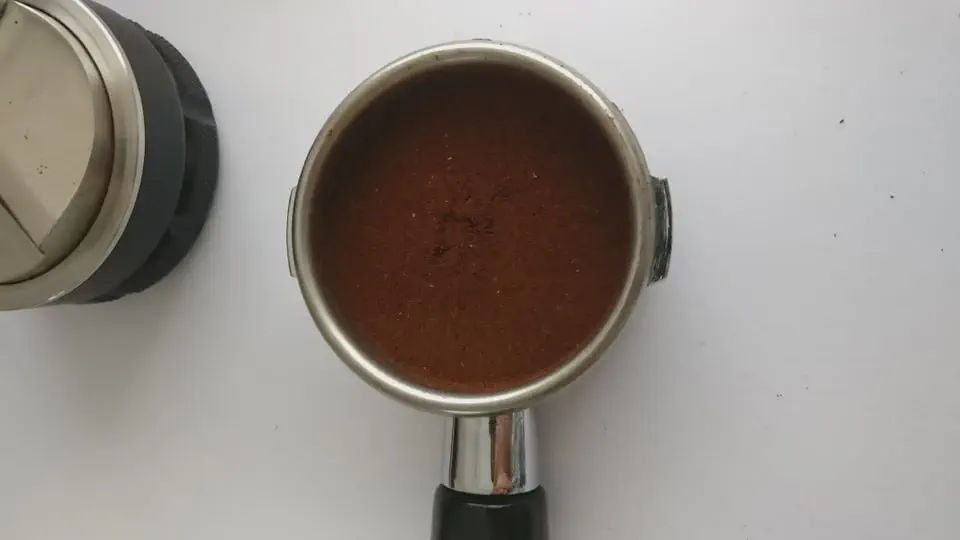
The principle: rotating blades distribute the grounds evenly.
Adjust the height of the distributor to avoid tamping the coffee prematurely.
My opinion: essential for consistent, fast, and precise results.
Opt for a heavy model (450 to 550 g) for greater stability.
By applying one of these techniques, the water will flow evenly through the puck, improving the quality and consistency of your espresso extractions.
